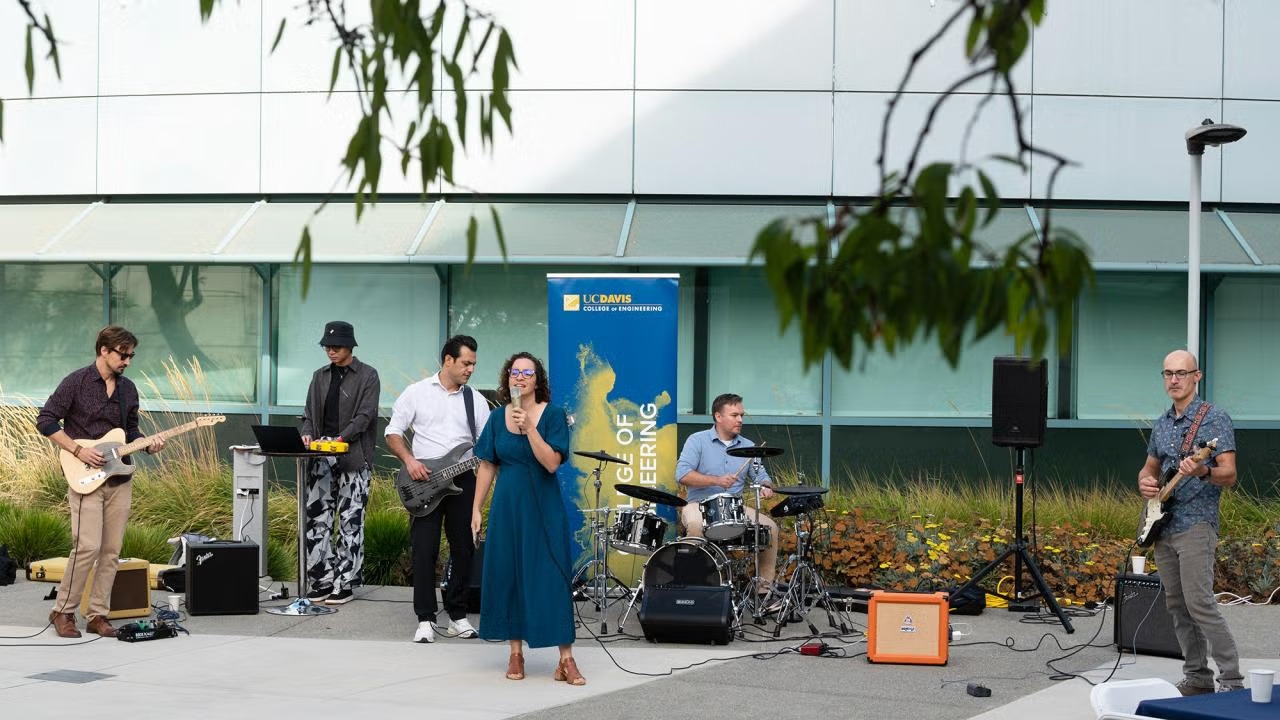
New Research Challenges Conventional Wisdom on Cold Brew Coffee Timing
A study by a team of researchers from the University of California, Davis, reveals that the traditional full-immersion cold brewing method may not require as much time as is typically thought to achieve optimal sensory results.
Published in the journal Scientific Reports, this research offers fresh insights into how the final cold brews — whether they are brewed cold, at room temperature, or hot and then cooled — are influenced by factors such as brew time, brew temperature and the roast level of the coffee.
For instance, the study indicates that shorter extraction times in cold or room-temperature brews, like eight hours instead of the commonly used 24 hours, could potentially offer similar flavors and other sensory qualities. This finding could make the production process more efficient for commercial coffee brewers.
The study, led by Jiexin (Jessie) Liang, who earned her Ph.D. in food science and technology, states, “Our analyses consistently determined that, compared to roast level and temperature, brew time was the least significant factor in causing sensory differences among the full immersion brewed coffee samples.”
In fact, the roast level of the brewed coffee emerged as the most significant determinant of sensory differences.
For the study, the research team utilized Salvadoran and Nicaraguan Arabica coffees. These were roasted on a Probat drum roaster at the UC Davis Coffee Center. From there, they created a light roast blend and a medium-dark roast blend, with Agtron readings of 41.8 and 71.8, respectively.
Subsequently, the blends were brewed at three different temperatures (4, 22 and 92 degrees Celsius) for five different time intervals. This ranged from what could be considered a quickly chilled hot brew to an extended cold brew where the total dissolved solids, or TDS, reached equilibrium.
Thirty samples were analyzed for TDS, titratable acidity and pH. Meanwhile, a calibrated panel of 14 coffee tasters used descriptive analysis to evaluate the sensory properties. The coffees were served cold to the panelists (around 6 degrees Celsius, warming up to approximately 12 degrees Celsius during the tasting period).
The article notes, “By combining these factors, a diverse range of flavor profiles were obtained from a single green coffee blend. Roast level was the primary driver of flavor, followed by temperature, and then longer brew times as TDS plateaued.”
However, different combinations led to diverse and sometimes unexpected outcomes. For example, the impact of time was more noticeable at lower brewing temperatures, but it also depended on the roast level for specific sensory attributes.
The study states, “For dark roasts, the changes in bitter and burnt attributes over time were significant in fridge– and room-temperature brews, while those in hot brews remained relatively stable. Conversely, for light roasts, sour and citrus attributes showed more pronounced differences in lower–temperature brews.”




